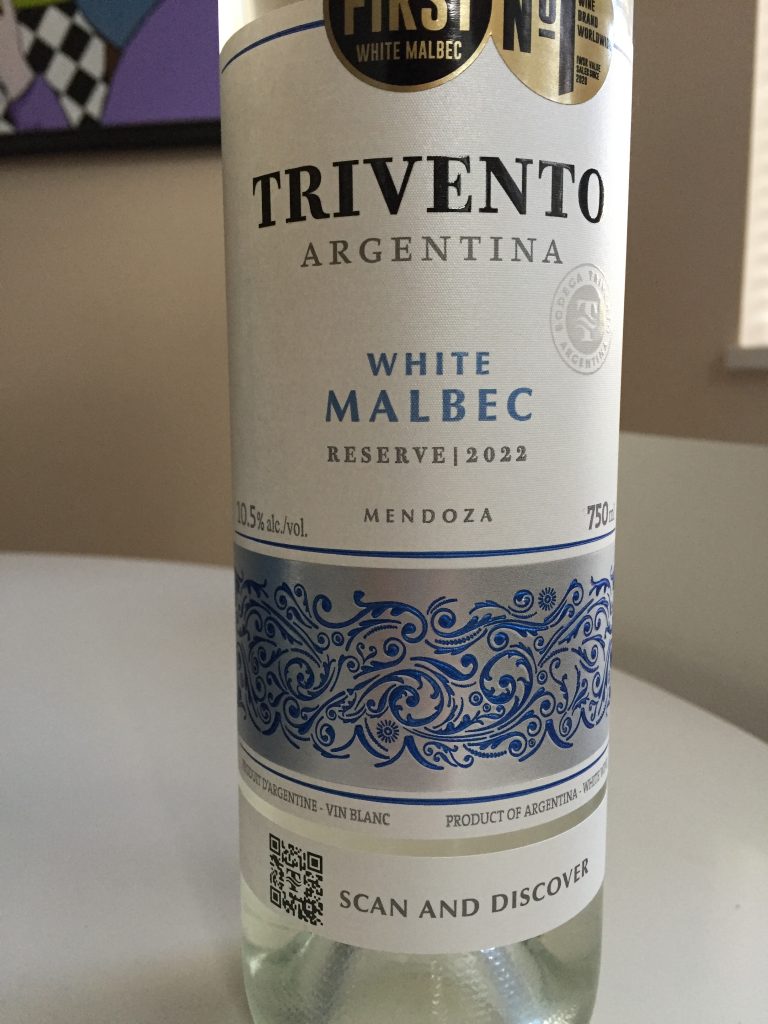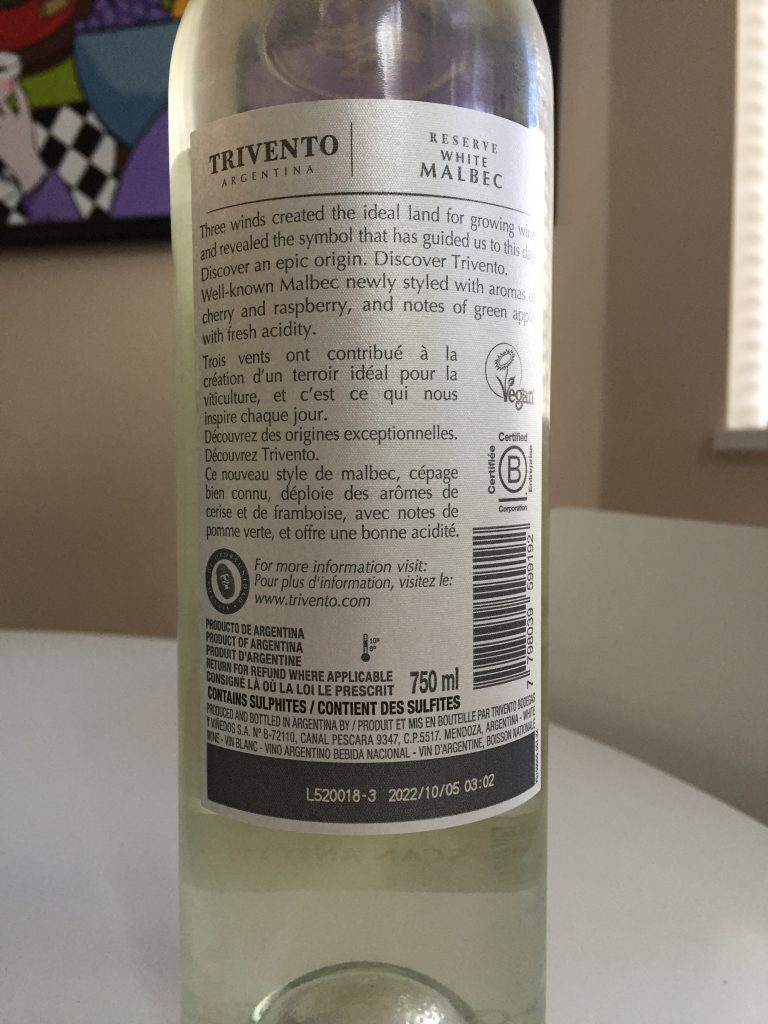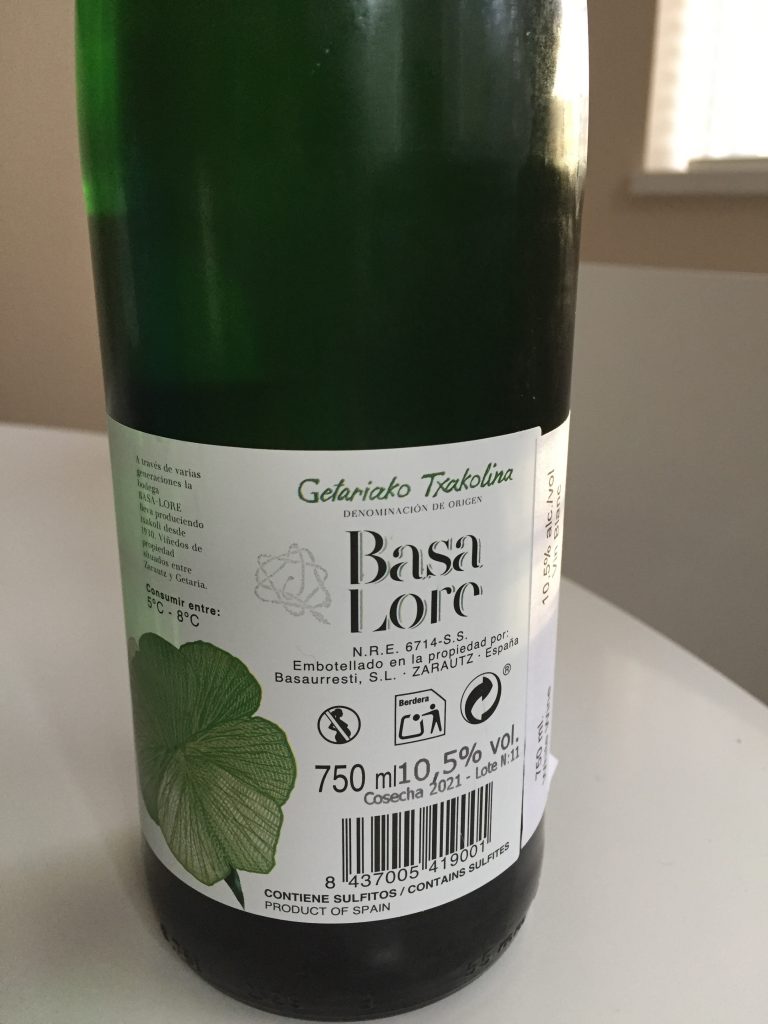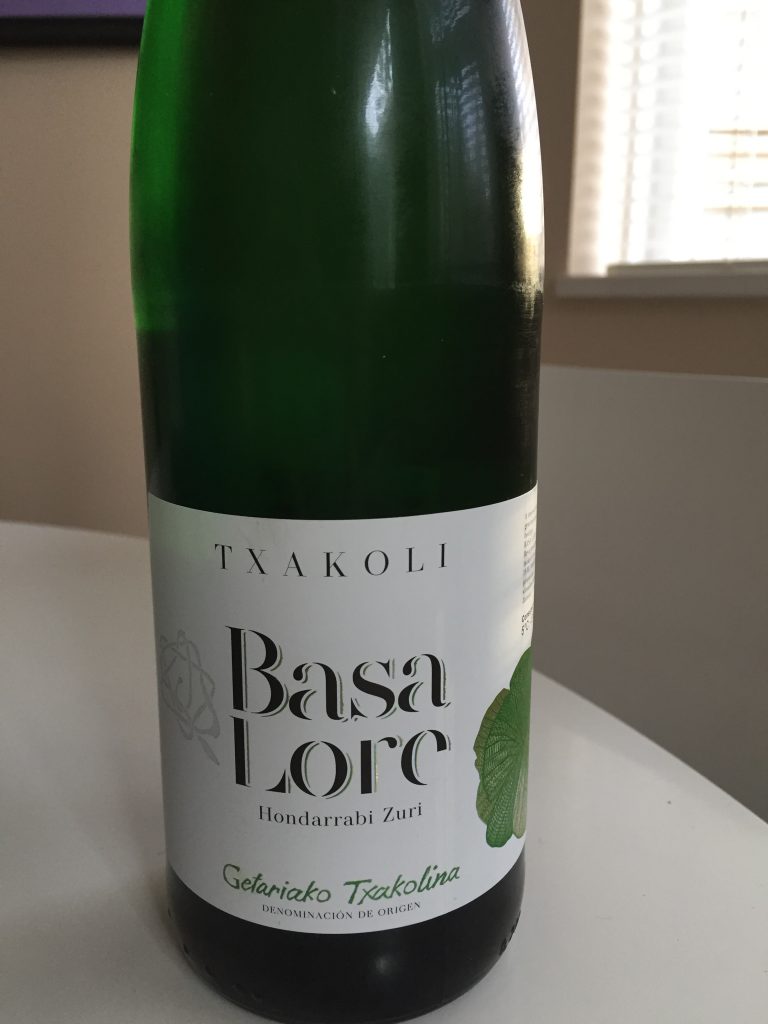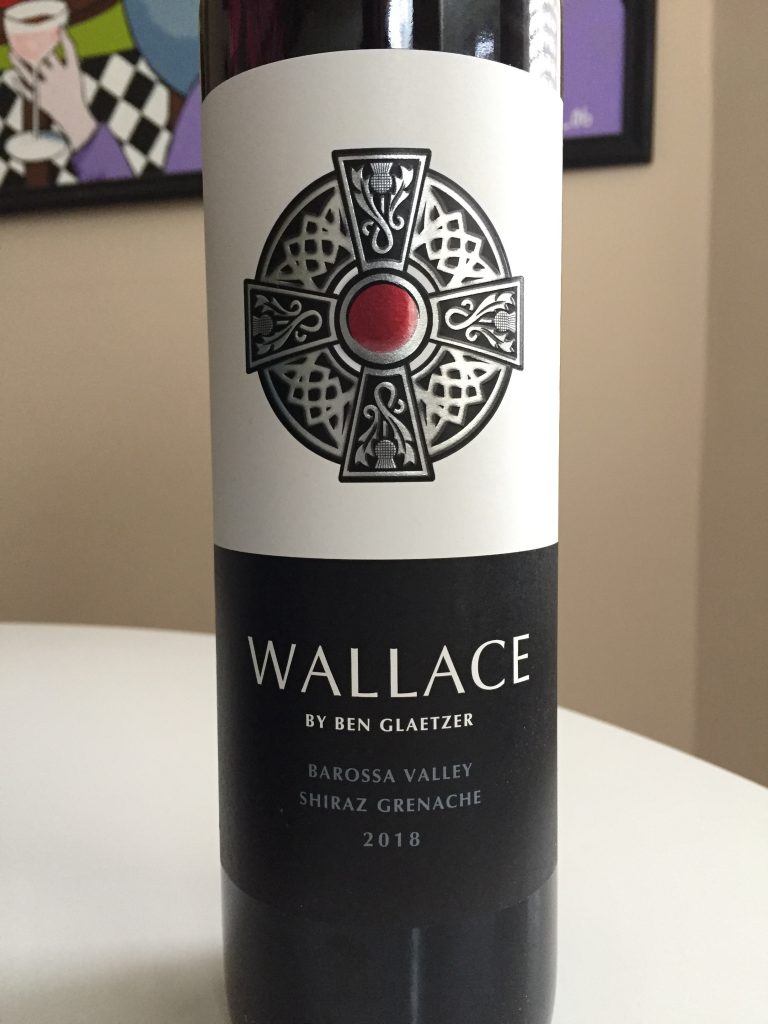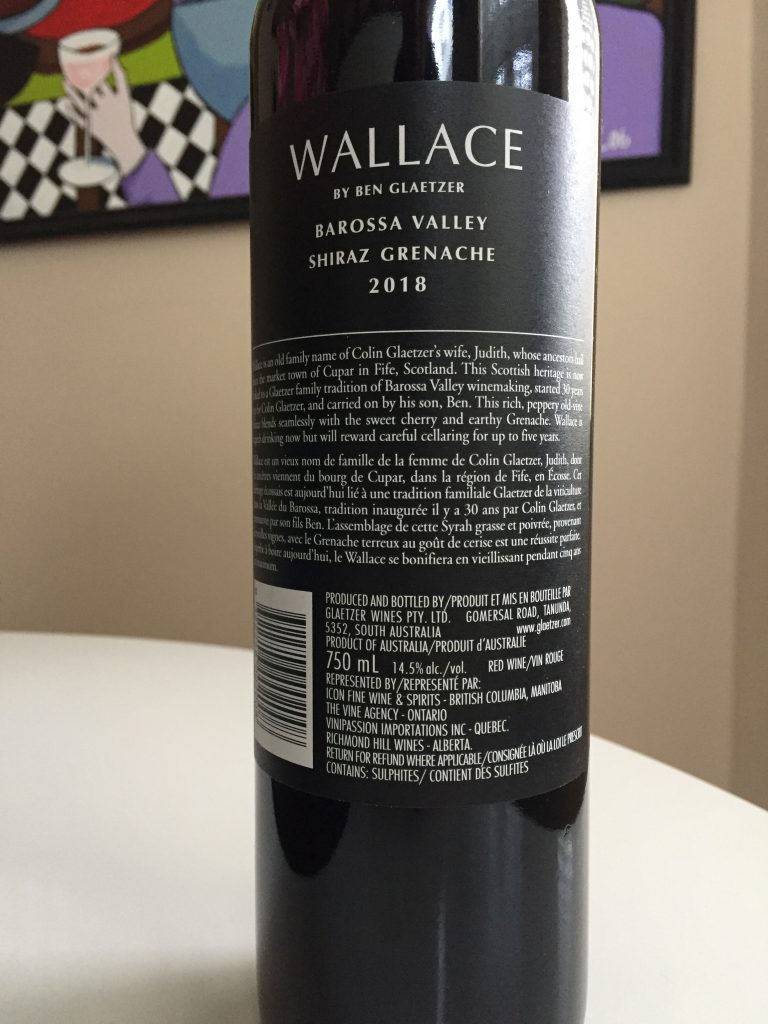The grapes come from Luján de Cuyo and Uco Valley and were harvested early to maintain higher natural acidity, being hand-picked hand in order to keep the grains whole, before being softly crushed, destemmed and immediately pressed to prevent colour extraction.
The resulting pale white juice is fermented at 10°C for 15 days, which results in an innovative style of Malbec that the producers say have aromas of cherry, raspberry and green apple notes along with a marked acidity on the palate. Careful oaking (just 20% of the wine is aged in French and American oak for six months) lets the fruit shine.
Well-known Malbec newly styled, with a bright silver colour, marked by a presence of green apple, lychee and tropical aromas. Medium-body with a bright acidity and a fresh finish.
They call it an 01 – Semi Sweet. That didn’t occur to me.
You could have a lot of fun with this one. Cover up the label and put people through a blind taste test. I don’t think I would have got it first time around. Definitely going back for several more bottles.
It ws a perfect accompaniment to Chicken Parmasan.
WHITE MALBEC – TRIVENTO RESERVE MENDOZA
$15.99
12% Alcohol
UPC: 07798039599192
